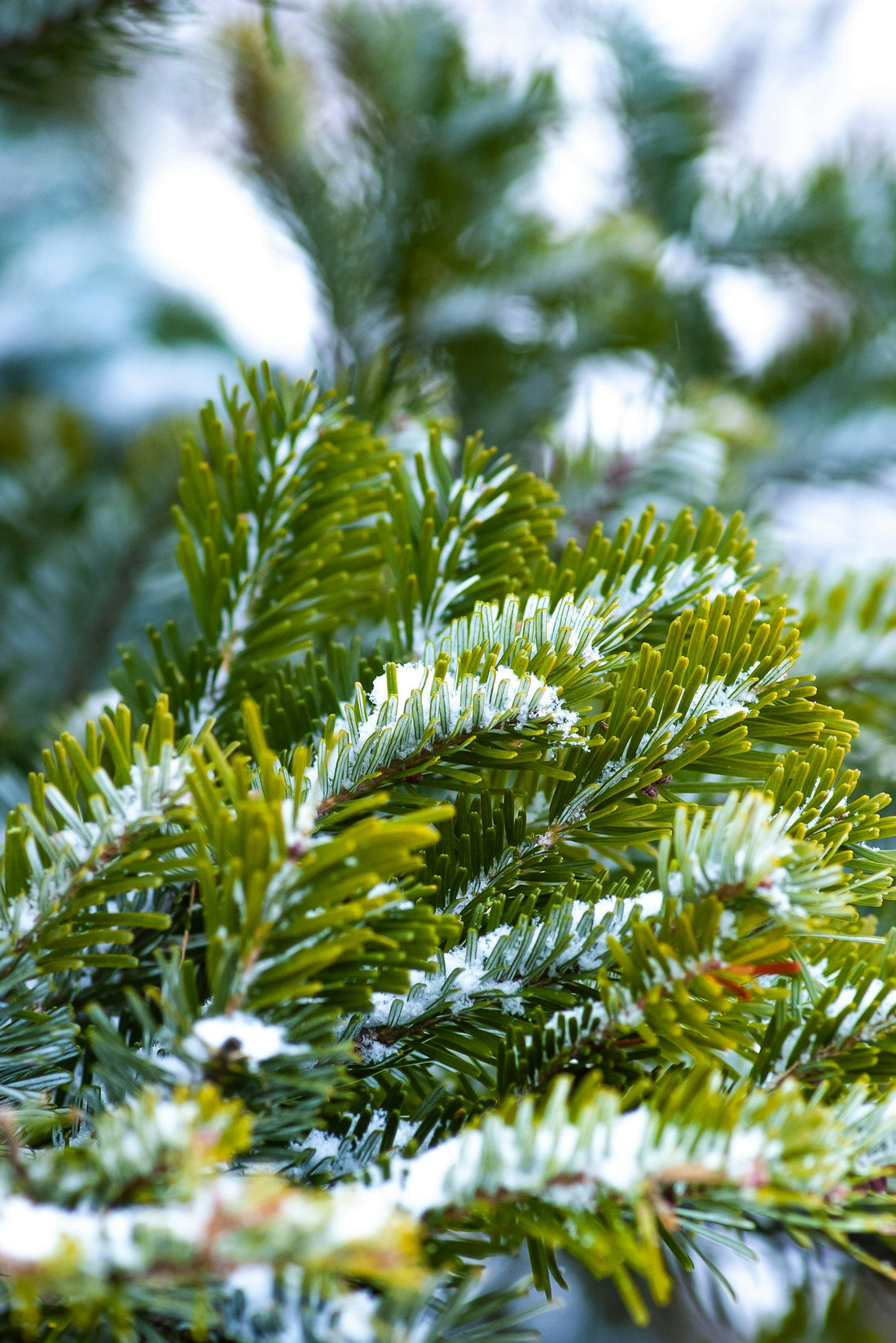From biting winds and heavy snowfall to hungry wildlife, the cold months can wreak havoc on our plants. But fear not - with a proactive approach and the right know-how, you can shield your trees and shrubs and ensure they emerge from winter thriving and ready to dazzle in the spring.
Choosing the Right Plants for Your Climate
The first line of defense against winter woes is selecting plant varieties that are well-suited to your local climate. By opting for hardy, zone-appropriate species, you can dramatically improve their chances of surviving the season's extremes. When browsing nursery catalogs and planning your garden, be sure to consult your USDA hardiness zone and choose trees and shrubs that are rated for at least one zone colder than your own. This extra hardiness buffer will provide a crucial safeguard against unexpected temperature drops, icy blasts, and other winter stressors.
Prioritize Native and Regionally Adapted Plants
Native and regionally adapted plants have a distinct advantage when it comes to withstanding winter's challenges. These species have evolved over generations to thrive in the unique growing conditions of your area. This includes the typical temperature ranges, precipitation patterns, and even common wildlife. By incorporating more native and regionally suited shrubs and trees into your landscape, you can be assured they'll be well-equipped to weather the winter with minimal intervention on your part.
Preparing Plants for Winter's Arrival
By addressing the tree's and shrubs' needs in the fall, you can give them the best chance of emerging unscathed when spring finally arrives.
Hydration
Proper hydration is a crucial factor in helping plants withstand the stresses of winter. As their growth slows and leaves begin to drop, the roots of trees and shrubs continue to require consistent moisture. Ensure your plants enter the cold season with well-hydrated soil by deeply watering them in the fall, even after the first frost. This will promote robust root systems and help prevent drying out during dry, windy spells.
Mulching
Applying a thick layer of organic mulch around the base of your trees and shrubs can provide vital insulation for their root systems. A 4-6 inch blanket of shredded bark, leaves, or wood chips helps moderate soil temperatures. This prevents damaging freeze-thaw cycles that can heave plants out of the ground. Just be sure to keep the mulch a few inches away from the trunk or stem to avoid moisture buildup and potential disease.
Protection
Hungry critters like deer, rabbits, and rodents can wreak havoc on your trees and shrubs during the winter months by stripping bark, browsing on buds and foliage, and even girdling trunks. To deter these unwanted guests, erect physical barriers like mesh fencing or tree guards around your most vulnerable plants. Repellents made from predator urine or other pungent ingredients can also help discourage nibbling but will require reapplication after rain or snow.
Shielding Plants from the Elements
Even the hardiest of trees and shrubs need a little extra protection when Mother Nature unleashes her winter fury.
Preventing Sunscald and Frost Cracks
Young, thin-barked trees like maples, beeches, and fruit trees are particularly susceptible to sunscald and frost cracks. These are unsightly and potentially damaging injuries caused by dramatic temperature fluctuations. Wrapping the trunks of these vulnerable plants with a light-colored tree wrap or spiral guard can help insulate the bark and prevent winter damage.
Combating Drying Out in Evergreens
Broadleaf evergreen shrubs like rhododendrons and boxwoods, as well as needled conifers, are prone to drying out during the winter months. Roots are unable to replenish lost moisture from frozen soil and the foliage can turn brown and sustain lasting harm. Erecting temporary windbreaks or even wrapping the plants in burlap can help shield them from drying winds and retain precious moisture.
Mitigating Snow and Ice Damage
The weight of heavy, wet snow and ice can wreak havoc on trees and shrubs, bending or even snapping branches. To prevent this, gently brush accumulations off vulnerable plants, taking care not to add additional downward pressure. For multi-stemmed evergreens like arborvitae, you can also tie the leaders together in the fall to provide mutual support.
Reviving Winter-Damaged Plants
Despite our best efforts, even the hardiest of trees and shrubs may sustain some level of winter injury. Fortunately, with the right care and attention, many can recover and bounce back in the spring.
As new growth emerges in the spring, carefully inspect your plants for signs of winter distress. Look for discolored, dried-out foliage, cracked or sunken bark, and dieback on branches. This will help you determine the extent of the damage and guide your recovery efforts.
For plants with damaged or dead branches, prune away the affected areas, cutting just above a healthy bud or lateral branch. Disinfect your pruners between cuts to prevent the spread of any potential pathogens. Be patient, as some plants may be slow to show new growth. You may need to wait until midsummer before making final pruning decisions.
A dose of balanced fertilizer in early spring can provide a much-needed nutritional boost to help winter-stressed plants regain their vigor. Avoid applying fertilizers too late in the season, as this can stimulate tender new growth that may be susceptible to frost damage.
Once you've nursed your plants back to health, take steps to safeguard them against repeat winter woes. Reapply protective measures like tree wraps, windbreaks, and wildlife barriers to ensure they're well-equipped to handle the challenges of the next cold season.



